Description
| Species | Pleurotus ostreatus var. columbinus |
| Difficulty ℹ️ | 🍄 |
| Spore Coloration | White |
| Ecology | Saprotrophic |
| Edibility | Choice |
Blue Oyster mushrooms, botanically classified as Pleurotus ostreatus var. columbinus, are a type of shelf fungus belonging to the Pleurotaceae family. Experts believe over two hundred different subspecies of oyster mushrooms exist, and the flat-capped fungi are considered one of the most cultivated mushrooms in the world. Blue Oyster mushrooms are primarily found in the northern hemisphere, growing in large, overlapping clusters on logs, stumps, and decaying trees.
The mushrooms have an aggressive nature, are fast-growing, and distinct from other oyster mushrooms as they are able to withstand colder cultivation temperatures. Commercially, Blue Oyster mushrooms are favored by mushroom growers for their unusual coloring, easy-to-grow nature, and fast colonization. The subspecies is also frequently sold through online retailers for home cultivation for novice growers.
Blue Oyster mushrooms have a mild, savory flavor well suited for cooked preparations, including braising, sautéing, roasting, frying, grilling, and sir-frying.
The mushrooms can be consumed raw, but the flavor may contain a slightly more metallic taste. Blue Oyster mushrooms are most commonly combined with other mushrooms and sauteed to create an earthy and textural side dish, or they are tossed into soups to contribute umami flavors into the broth. The mushrooms are also roasted and stirred into pasta, cooked into omelets, breaded and fried, prepared as a vegetarian substitute for seafood, used as a topping over pizza, grilled and layered onto burgers, or served as a simple side dish. In addition to fresh preparations,
Blue Oyster mushrooms can also be dried for extended use and do not have to be rehydrated before using. Blue Oyster mushrooms pair well with herbs such as parsley, thyme, and sage, potatoes, aromatics including garlic, green onion, shallots, ginger, and lemongrass, leeks, asparagus, bok choy, bell pepper, miso, heavy cream, fish, and meats such a beef, poultry, and turkey.
The mushrooms will keep up to three days when stored loosely in a brown paper bag in the refrigerator. It is advisable to keep the mushrooms in larger clumps for better storage to keep them from drying out. Once cooked, Blue Oyster mushrooms will keep for 2 to 3 days in the refrigerator, or they can be frozen for up to three months. Blue Oyster mushrooms can also be dried and kept in a sealed container away from direct sunlight for extended use.
Some photos of this product in its wild-foraged form are sourced from iNaturalist or Wikipedia, taken by xulescu_g, . Licensed by CC-BY-SA.
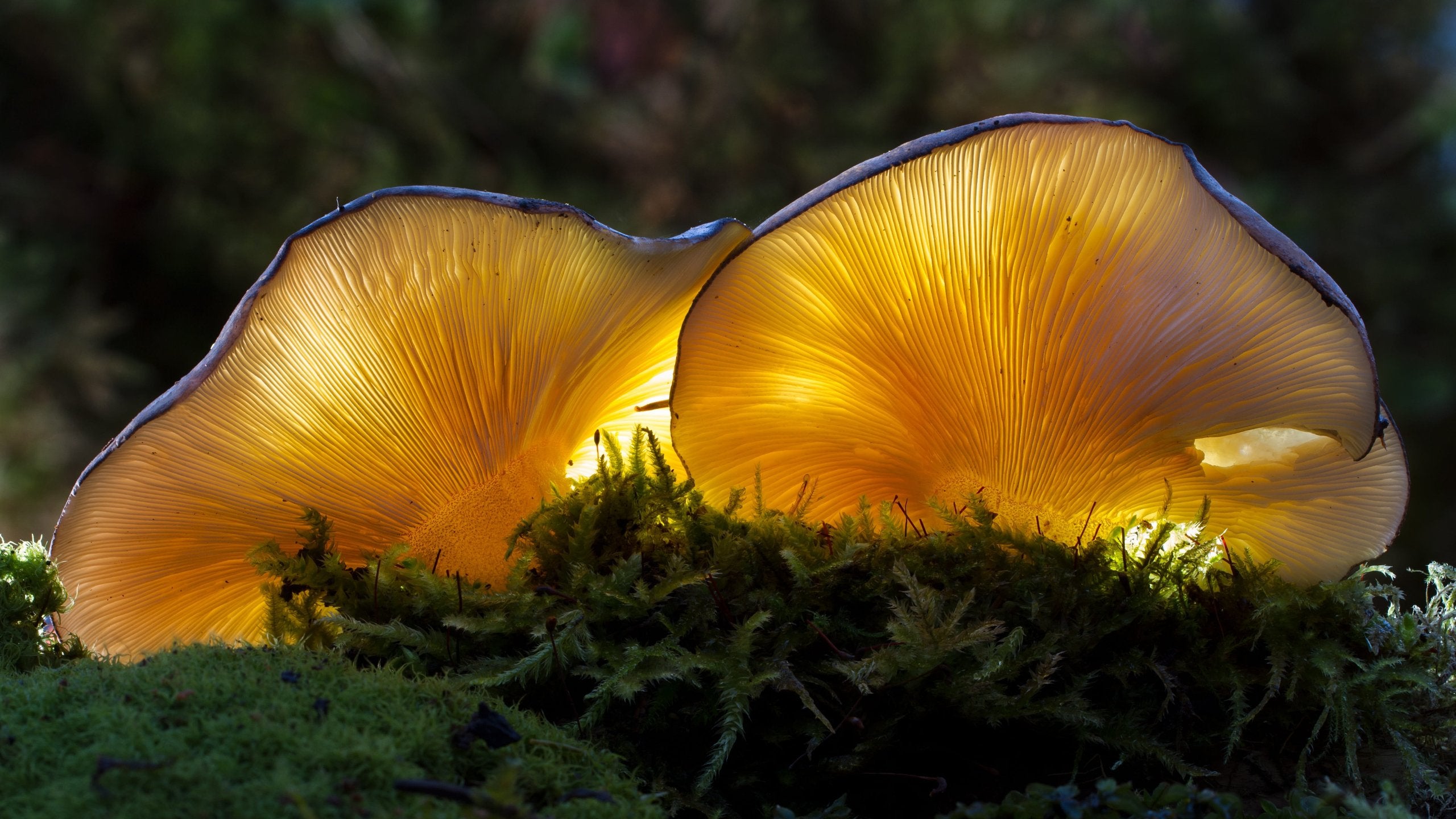
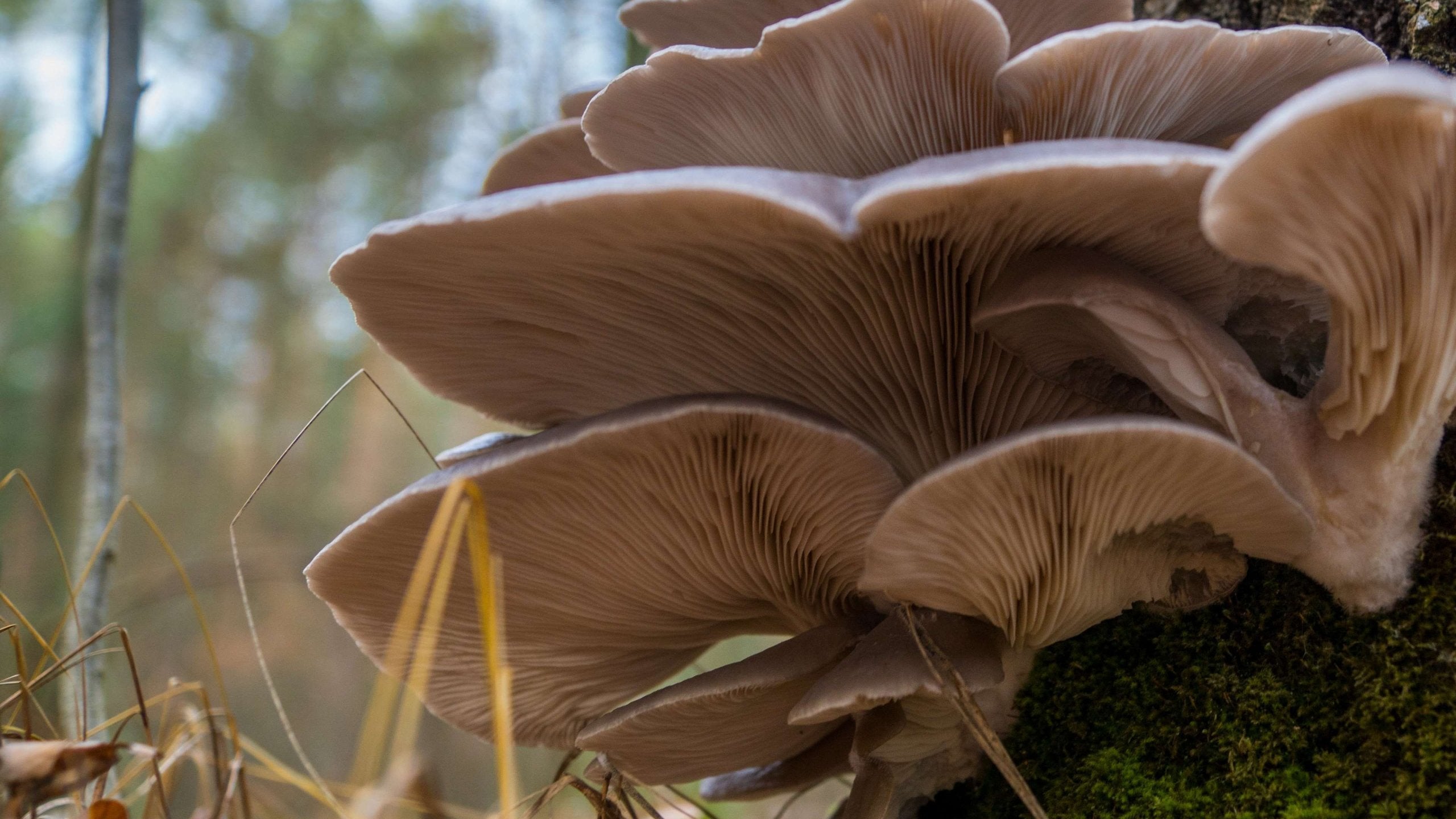
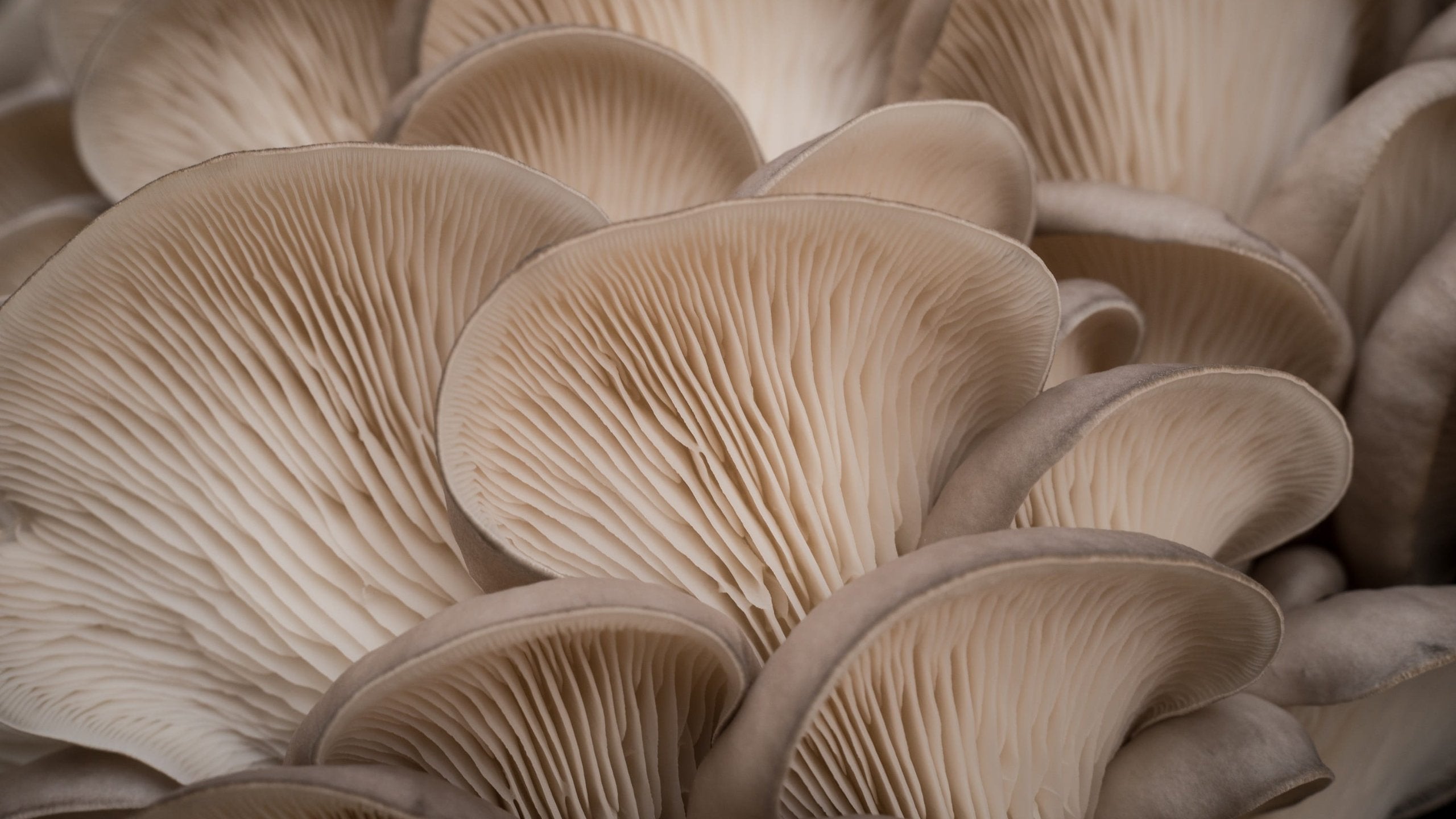

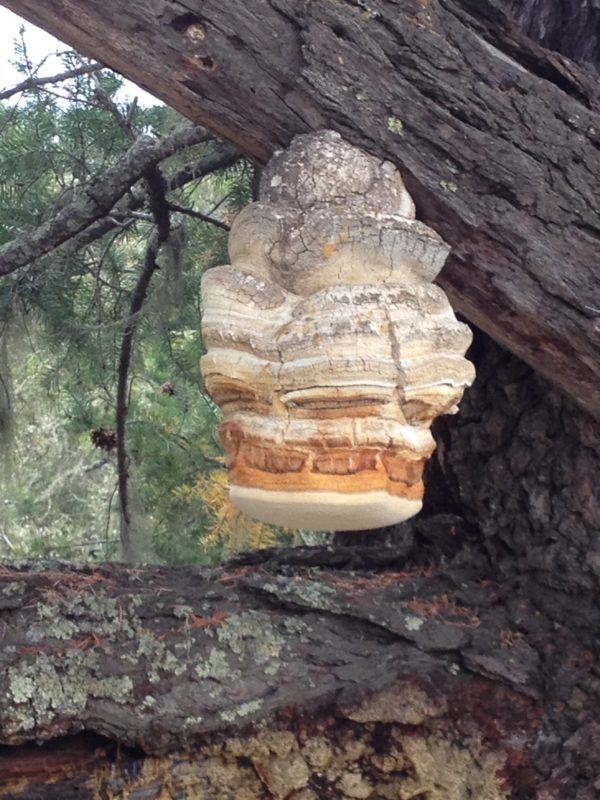
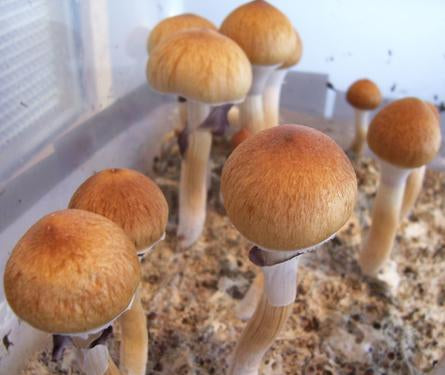

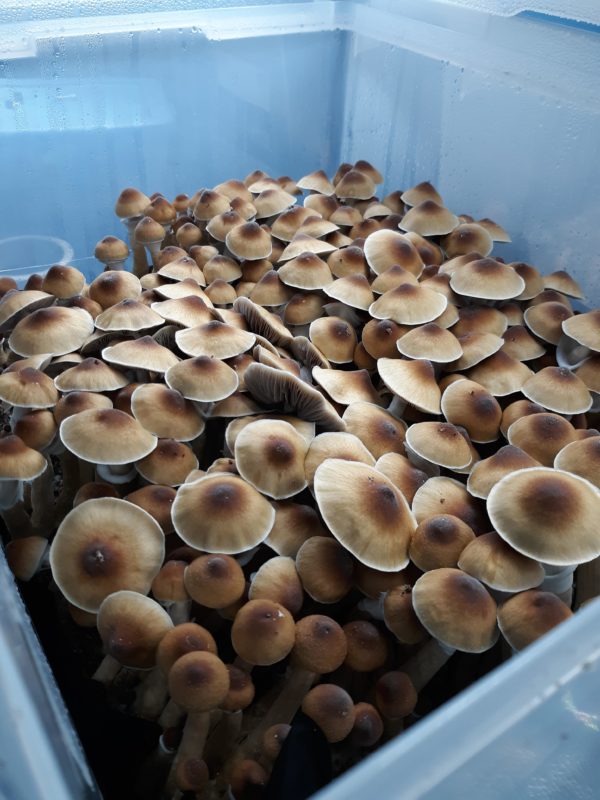
Reviews
There are no reviews yet.